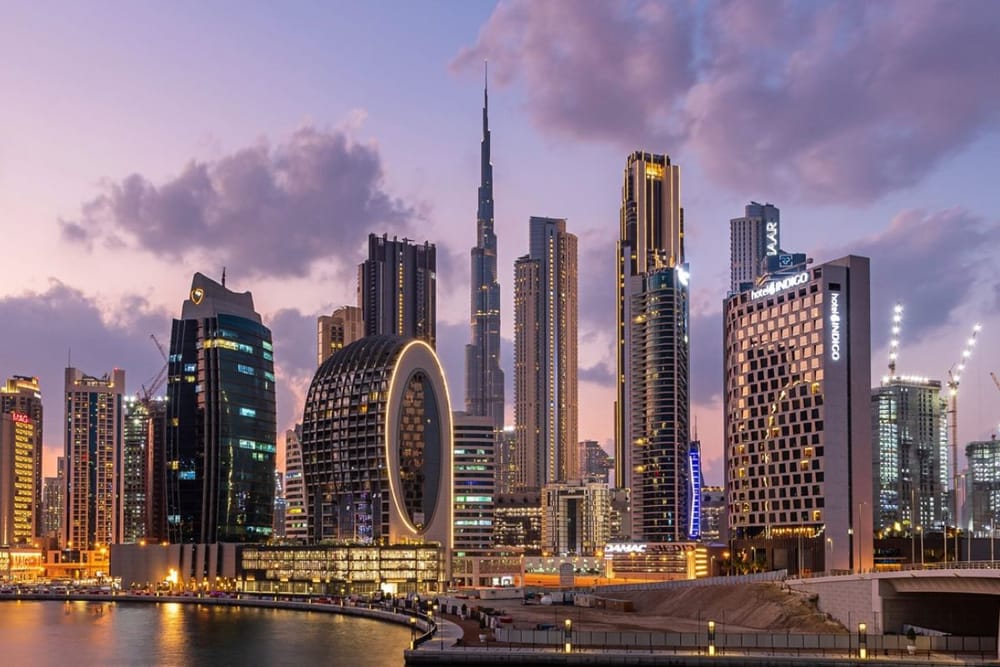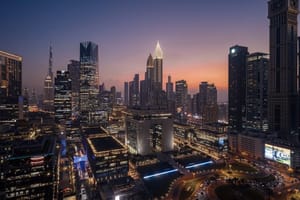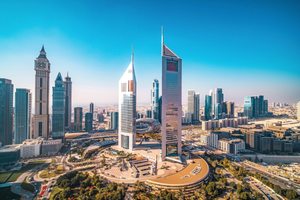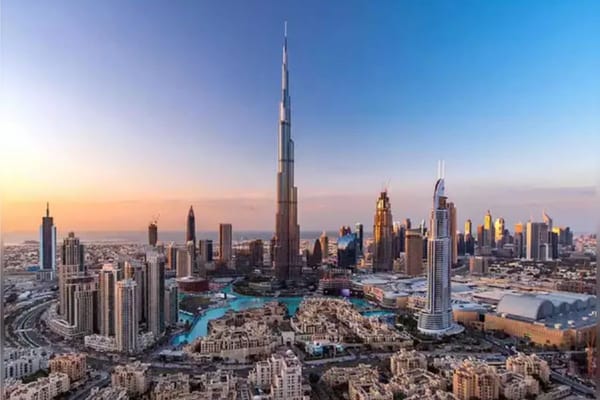These trends provide valuable insights into the market's potential performance going into the new year
Dubai property market is witnessing unprecedented demand with prices reaching an all-time high in November 2023.
In these remarkable times, new trends are emerging in the emirate’s vibrant property market such as suburban migration, the surge in first-time buyers, prime-home remodelling, a high premium on reselling prices, mid-market stability and new ways of living among others as the local market remains buyer-dominant.
We spoke to different sections of industry executives who revealed fresh trends that emerged late this year as new trends to look out for in 2024. These trends provide valuable insights into the market's potential performance going into the new year. Here are some:
1. Suburban migration: Homeowners looking for greater value and space are moving from central and prime locations towards the up-and-coming Dubai suburbs and ‘new’ master residential communities such as Jumeirah Village Circle (JVC), Dubai South, Townsquare, Reem, and Arjan. These places are still affordable as compared to central and prime locations.
2. The surge in first-time buyers: As Dubai rents continue to grow at record levels amidst high levels of demand, there is an increase in first-time buyers entering the market at entry level with prices ranging up to Dh3 million. There is significant demand for apartments and small Townhouses in suburban locations.
3. Prime home remodelling: Investors/homeowners with properties in prime and in-demand locations are electing to carry out extensive redesigning and remodelling work on properties before placing them back onto the market at premium sales or a higher rental price.
4. Disconnect between seller expectations and market sales prices: With demand for Dubai real estate at an all-time high, sellers frequently place a premium on sales listing prices. Real-time market results from the Allsopp & Allsopp DataHub show a 15 per cent gap between average seller sales listing prices and transferred property sales prices in the current market.
5. Perfect time to cash: As with any healthy market cycle, buyers and sellers are entering and exiting at different times. In November, Dubai’s long-standing record of 2014 for the average price per square foot was finally broken, indicating that the market remains strong. For certain investors and homeowners, now could be the perfect time to cash in on capital appreciation gains. For end-users, there is a different story, where the increasing cost of renting in Dubai has seen a spike in first-time buyers, helping drive demand for properties within the Dh3 million price range and accounting for over 70 per cent of all Dubai residential sales transactions in 2023.
6. More available properties: With a lot of new projects and off-plan developments entering the handover stage in 2024, property seekers are most likely to have a wider range of options to choose from. It is estimated that nearly 67,000 units will be handed over in 2024 as compared to around 50,000 this year.
2024 will also see more available properties as sellers will look to take advantage of current prices. Developers will also continue to launch new projects at an accelerated rate. This extra supply is mostly likely to keep the price rise in check from a big jump. For renters, there may be some relief towards the latter part of 2024, with the delivery of more new homes taking some pressure off the current rental market.
7. Mid-market stability: The mid-market seems to most likely be impacted by regulation in pricing. The majority of units are those set for completion in affordable areas such as JVC, Arjan, IMPZ, and Dubai Land, with mid-market areas such as Mohammed bin Rashid City, Dubai Hills, Dubai Marina, and Business Bay set to see properties handed over as well. This will add pressure to rental prices in affordable areas and somewhat stabilise the mid-market as rents become less sticky. In the upper segment of the market, with supply still not meeting the demand equilibrium, it is estimated that rents stick and prices swing upwards.
8. New ways of living: With the rise in ownership, several new trends are emerging in the sector including short-term rentals and flexible living options, driven by evolving lifestyles, career changes and technological advancements. Flexible living solves the current tediousness of renting an apartment thanks to technology. This includes choosing and viewing a property, managing move-in details, apartment specifications, and maintenance requests through one convenient platform. Furthermore, tenants are given the freedom of flexible agreements and can avoid long-term commitments.
9. Increased diversification: In the first-half of 2023, the property market diversified at a rapid scale with greener areas on the block, a surge in off-plan projects and ready property purchases. In 2024, it is anticipated this diversification will continue. Many of the off-plan projects initiated in previous years will reach their handover stages.
10. Steady growth in prices in 2024: It is anticipated that property prices will grow at a stable rate next year between 3.5 per cent and 5 per cent for Dubai, fuelled by sustained population growth, competitive economic landscape and government initiatives attracting global businesses and individuals. The emirate’s real estate sector appears poised for continued expansion, supported by a well-thought-out combination of economic incentives and proactive government measures.
11. Seamless customer experiences: In this age of technology, seamless customer experiences are part and parcel of new property development. The new year will see further integration of new technologies such as 5G, artificial intelligence, Internet of Things (IoT) and other such technologies in modern homes. People will also have more options to choose from online platforms to buy and sell as well as rent properties.
News Source: Khaleej Times









